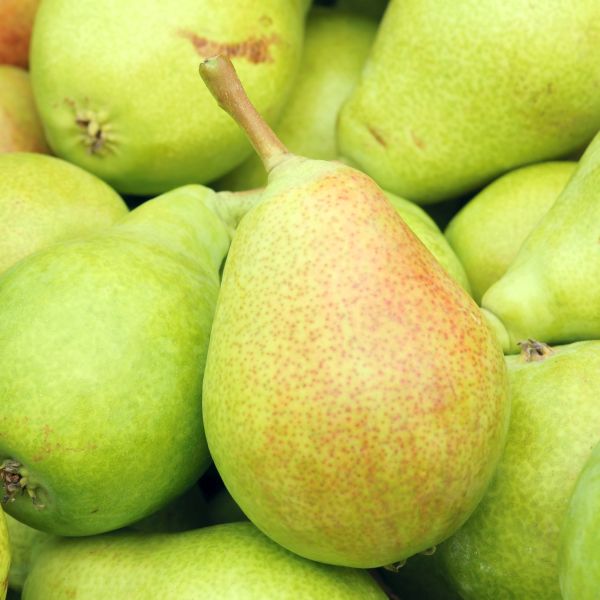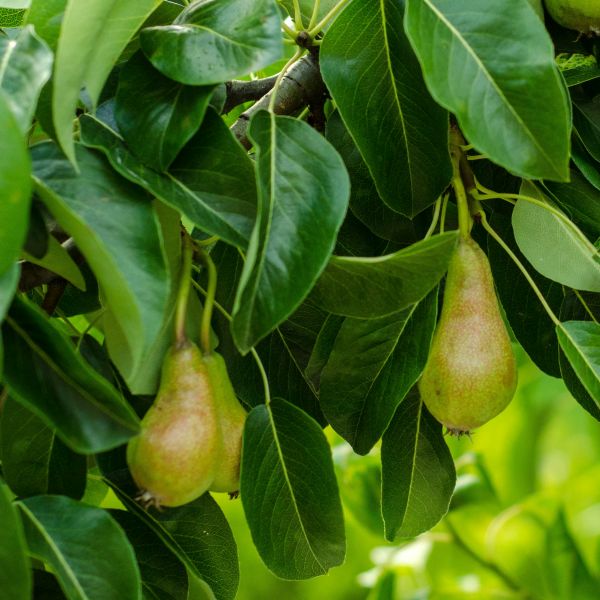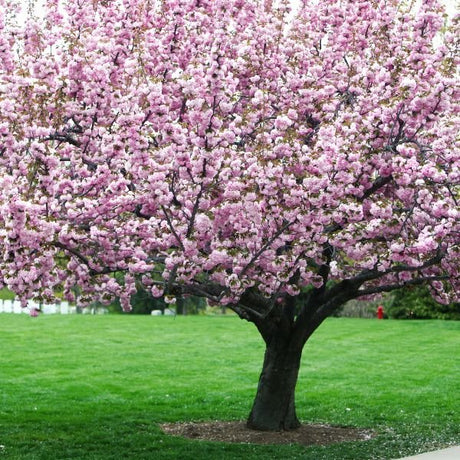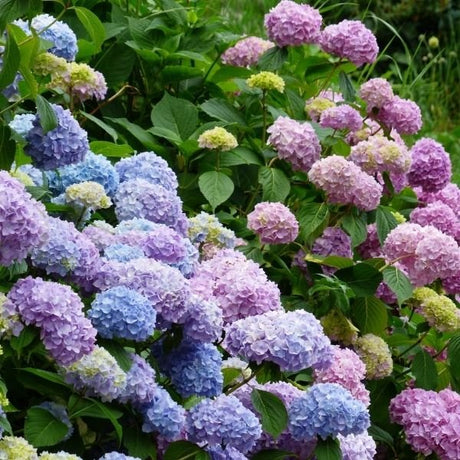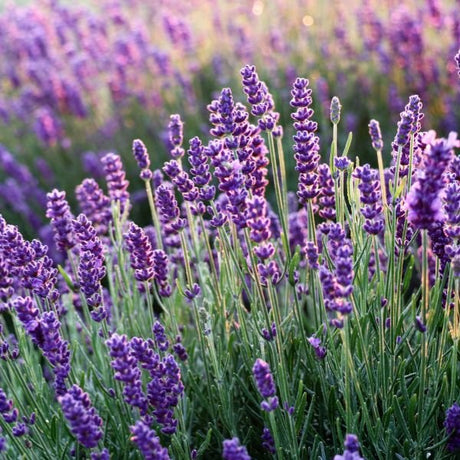Pineapple Pear Tree
Pyrus 'Pineapple'
- Stay Protected with Plant Sentry ™
Pineapple Pear Tree - #3 Container 4-5 Feet is backordered and will ship as soon as it is back in stock.
Plant Sentry™
Plant Sentry™

Plant Sentry™ Protected
Your order is protected by our compliance system that:
- Prevents restricted plants from shipping to your state
- Ensures plants meet your state's agricultural requirements
- Protects gardens from invasive pests and diseases
Delivery and Shipping
Delivery and Shipping
Delivery and Shipping
Fast, Safe Plant Delivery
Ships in 3-4 business days • Tracking provided • Weather protected
| Under $50 | $9.99 |
| $50 - $99.99 | $14.99 |
| $100 - $149.99 | $16.99 |
| $150+ | $24.99 |
✓ Zone-specific timing • ✓ Professional packaging • ✓ Health guarantee
Understanding Plant Options
Nature Hills offers plants in two main formats:
- Container Plants: Grown in pots with soil, sized by container volume and plant age
- Bare Root Plants: Dormant plants without soil, sized by height measurements
Container Plant Sizes
Container sizes indicate plant age and growing capacity rather than liquid volume equivalents. Our containers follow industry-standard nursery "trade gallon" specifications, which differ from standard liquid gallon measurements.
Young Plants (6 months to 18 months old)
| Container Size | Actual Volume | Metric Equivalent |
|---|---|---|
| 2" x 2" x 3" | 0.18 - 0.21 dry quarts | 0.20 - 0.23 dry liters |
| 4" Container | 0.31 - 0.87 dry quarts | 0.35 - 0.96 dry liters |
| 4.5" Container | 0.65 dry quarts | 0.72 dry liters |
| 6" Container | 1.4 dry quarts | 1.59 dry liters |
| 1 Quart | 1 dry quart | 1.1 dry liters |
| 5.5" Container | 1.89 dry quarts | 2.08 dry liters |
Established Plants (18 months to 2.5 years old)
| Container Size | Actual Volume | Metric Equivalent |
|---|---|---|
| 2 Quart | 2 dry quarts | 2.2 dry liters |
| #1 Container | 2.26 - 3.73 dry quarts | 2.49 - 4.11 dry liters |
| 5" x 5" x 12" | 3.5 - 4.3 dry quarts | 3.85 - 4.74 dry liters |
Mature Plants (2-4 years old)
| Container Size | Actual Volume | Metric Equivalent |
|---|---|---|
| #2 Container | 1.19 - 1.76 dry gallons | 5.24 - 7.75 dry liters |
| #3 Container | 2.15 - 2.76 dry gallons | 8.14 - 12.16 dry liters |
Large Plants (3-5 years old)
| Container Size | Actual Volume | Metric Equivalent |
|---|---|---|
| #5 Container | 2.92 - 4.62 dry gallons | 12.86 - 20.35 dry liters |
| #6 Container | 5.25 - 6.01 dry gallons | 23.12 - 26.42 dry liters |
| #7 Container | 5.98 - 6.53 dry gallons | 26.34 - 28.76 dry liters |
Bare Root Plants
Bare root plants are sold by height from the root system to the top of the plant. Plants may exceed minimum height requirements.
Common Sizes:
- Trees: 1 foot, 2 feet, 3 feet, 4 feet, 5 feet, 6 feet
- Shrubs & Perennials: 1 foot, 18 inches, 2 feet
Important Notes
Container Volume Specifications
- Trade Gallon Standard: Our containers follow industry-standard "trade gallon" specifications established by the American National Standards Institute (ANSI Z60.1) for nursery stock
- Volume Variations: Actual soil volume may vary due to plant root systems and growing medium settlement
- Age Indicators: Container size primarily indicates plant age and maturity rather than liquid volume equivalents
Growing Conditions
- Plant size can vary based on variety and growing conditions
- Container size helps indicate plant maturity and establishment level
- Larger containers generally mean more established root systems and faster landscape establishment
Seasonal Availability
- Bare root plants are available seasonally when dormant
- Container plants are available throughout the growing season
- Specific varieties may have limited availability in certain sizes
Questions?
For questions about specific plant sizes or availability, please contact our plant experts who can help you choose the right size for your landscape needs.
Plant Highlights
Pineapple Pear Tree highlights at a glance!
-
Botanical Name
-
Brand
-
Growing Zones5, 6, 7, 8
-
Growth RateModerate
-
Mature Height
-
Mature Width
-
Pollinator FriendlyYes
-
Pollinator Required
-
Bloom PeriodLate Spring
-
Harvest Time
-
FragrantYes
Characteristics
Where To Plant
When To Prune
- Late Winter
Water & Moisture Needs
- Moderate
Sunlight Needs
Soil Needs
- Widely Adaptable
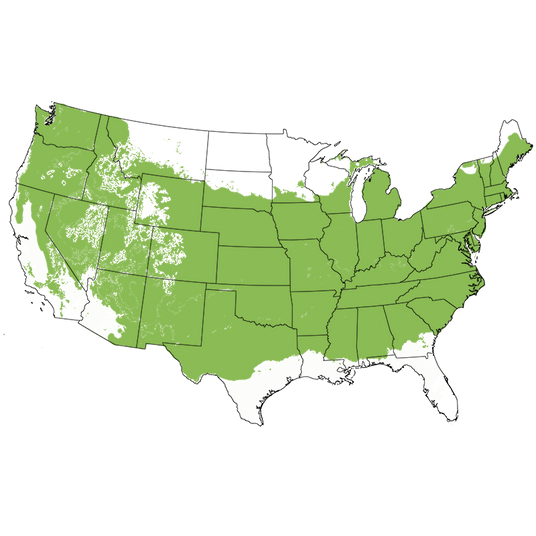
Growing Zones 5-9
Hardy Pear with Unique Flavor Pineapple Pear Tree!
- Unique Tangy Pineapple Flavored Fruit!
- Green Skinned Apple Ripens to Bright Yellow with Russet-Scarlet Blush
- Hard, Crisp Flesh
- Gorgeous Display of White Spring Flowers
- Handsome Green Foliage
- Great Shape & Modest Size
- Highly Ornamental Specimen
- Hardy & Adaptable
- Easy to Grow
- Preserves, Butters & Fresh Eating
- Self-Pollinating but Best with Pollinator Partner
- July-August Harvest
- Blight Resistant & Heat Tolerant
- 150-200 Chill Hours
Your Pineapple Pear Tree (Pyrus 'Pineapple') is an incredibly unique choice for a Pear Tree that is pretty, provides a terrific harvest, and is easy to grow. It can stand up to a lot of challenges and still put on a good show.
Pineapple Pear not only creates a magical spring display of delicate, white flowers from early to late spring but maintains a vibrant, green appearance throughout the summer months.
When July rolls around, your Pineapple Pear tree begins to offer up some of its sumptuous fruit, providing you with a harvest from July to August. Each large pear possesses green coloring with russet overtones and a slight, scarlet-red blush.
The Pineapple Pear tree produces bushels of hard pears, with crisp flesh that is well suited to preserves, pear butter or tasty right off the tree. The flesh has a grainier nature than some, with a flavor that has been described as tangy with hints of pineapple and apple.
It's a unique pear to be sure!
How to Use Pineapple Pear Tree In The Landscape
Some people use pear trees for ornamental purposes only, these are dual-purpose flowering trees with great shade and fantastically unique fruit as well! Reaching a height of nearly 25 feet tall and slightly smaller spread, these shade your patio and garden beds wonderfully!
Add to an existing orchard for better pollination or use as the highlight of your front landscaping beds! The blooms, form, lovely vibrant green foliage and delightful fruit are specimen worthy indeed!
Occasionally considered self-fruitful, it’s best when planted with another pear tree in order to increase your yield through cross-pollination. No room for a second tree? Try this high-density planting trick found in our Garden Blog!
#ProPlantTips For Care
Pineapple Pear Tree, Pyrus communis 'Pineapple', is an ornamental tree that bears unique fruit, with a hardy nature and superior attributes. Plant one in a full sun location where it will have at least 6 hours of direct sun each day. Hardy in USDA hardiness zones 5-9, these are great in southern climates.
Grow Pears in enriched, loamy, slightly acidic soil. Not tolerating soggy conditions, be sure your site has well-drained soil, and provide a thick layer of mulch for moisture retention and insulation from heat and cold. Fire blight resistant and
Prune to keep an open canopy so that both sunlight and airflow reach the interior. Head over to our Garden Blog for more Fruit Tree Planting, Fruit Tree Pruning and Fruit Tree Care tips and tricks can be found!
Provide ample water for your young tree while it becomes established, not allowing it to dry out between waterings. Then reduce your watering to moderate, yet consistent moisture during the heat of summer and when fruiting. While partly drought-tolerant, it’s best to protect your investment by providing supplemental watering in times of need.
If you're a pear-lover, or just think pear trees are pretty, Pineapple Pear is a wonderful choice for both beginning gardeners and experts. It provides the ornamental features of a Pear Tree in a hardy variety (that some say is so easy to care for that it's hard to kill), with a fruit that is unique among other Pears in flavor.
Try a Pineapple Pear tree today from NatureHills.com and you'll soon see why it's such a popular variety.
Pineapple Pear Tree Frequently Asked Questions
How long does it take for Pineapple Pear Trees to bear fruit?
Nature Hills Nursery sells fruit trees with mature root systems, and will often set fruit in their second or third years.
How Fast Do Pineapple Pear Trees Grow?
Pear trees are moderate growth rate plants and can add 12-18 inches and more per year in optimal conditions once they have established.
Where do Pineapple Pear Trees Grow Best?
Pear trees grow best in well-drained, fertile soil in at least 6 hours of full sun per day or more.
Do You Need 2 Pear Trees to Produce Fruit?
All Pyrus varieties have different requirements to set fruit. While a few varieties are self-fertile but will always have a larger harvest with a pollination partner. Pineapple (Pyrus 'Pineapple') is self-fruiting and doesn't need a pollinating partner, but will bear more fruit when paired with another pear tree.
No room? Look into High-Density Planting techniques, or choose a semi-dwarf or dwarf fruit tree.
When Should Pineapple Pear Trees be Planted?
Bareroot Pear trees are best planted in the spring but container-grown Pear trees can be successfully transplanted all throughout the growing season as long as the ground isn’t frozen and they are carefully watered as needed. Check for first and last frost dates for your area with your local County Extension Office.
Harvest Times for Pineapple Pears
Pineapple pears are typically ready to harvest in August.
How Do I Find Pineapple Pear Trees for Sale Near Me?
Make your life easier and your yard happier by shopping for Pear trees at NatureHills.com online fruit tree nursery. You’ll find a massive selection of fruit trees for sale, including many lovely Pear tree varieties!
Choose the right tree for your area by first finding your growing zone by entering your zip code in the field above the Plant Highlights section on our product pages. Narrow down your options by plant hardiness zone, sun availability, and size requirements.
Place your order, knowing it’s backed by the Nature Hills Nursery product guarantee and protected by Plant Sentry™, which helps ensure regulated plant materials aren’t sent to prohibited areas.
Expect to receive your plants at the appropriate planting time for your growing zone when temperatures are safest.
What shipping options do you offer?
NatureHills.com works closely with our growers and nursery professionals to ensure we ship when it is most appropriate for your area. Our goal is to deliver the hardiest plants by avoiding extreme high and low temperatures. Check out our shipping schedule for more information and to learn our wills and won’ts when it comes to shipping plants.

